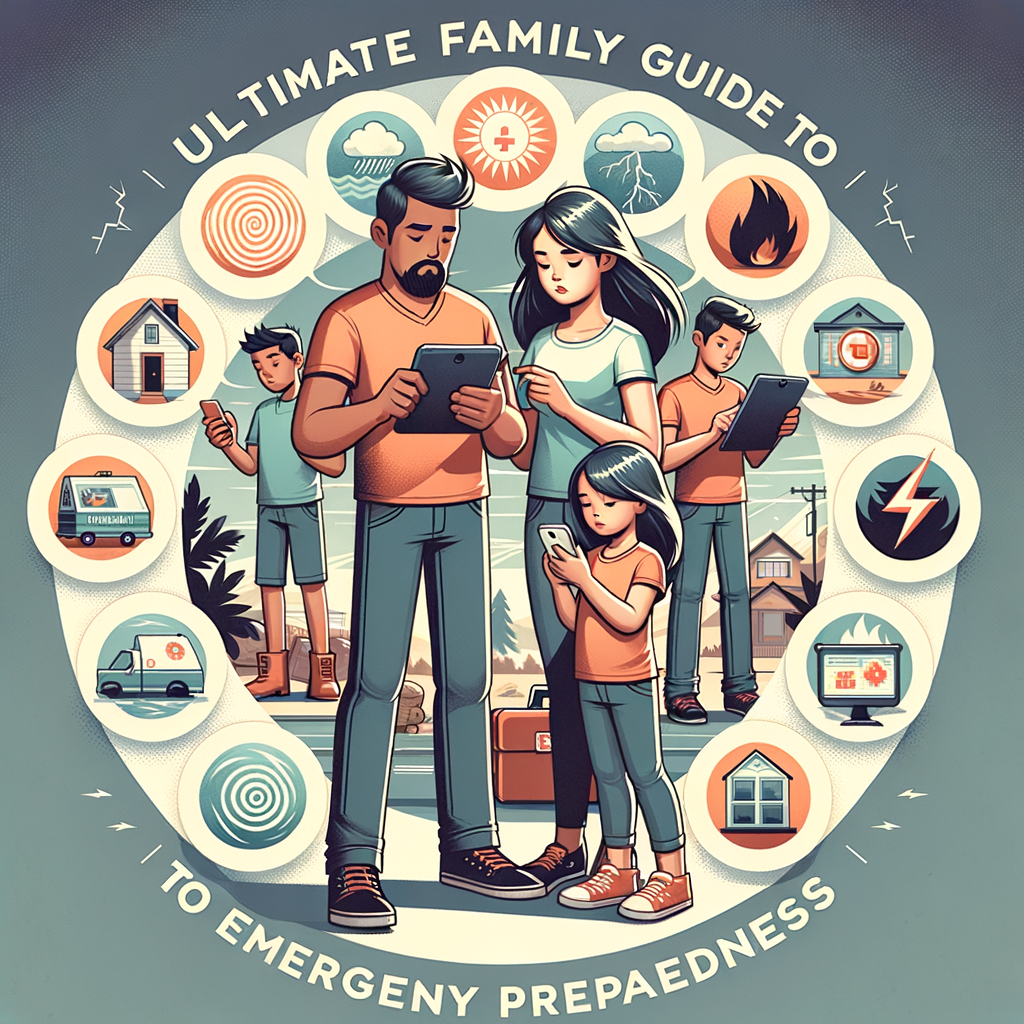
- July 15, 2024
- 11:57 pm
- No Comments
Ultimate Guide to Emergency Preparedness for Families
When disaster strikes, it often comes without warning, leaving little time to react. Whether it’s a natural calamity, a power outage, or an unexpected event, being prepared can make all the difference. This ultimate guide to emergency preparedness for families will help you assess your needs, create a solid plan, and stock up on essential supplies to ensure your family’s safety and peace of mind.
Assessing Your Family’s Emergency Needs
The first step in emergency preparedness is to assess the unique needs of your family. Consider any specific medical or dietary requirements, especially if you have young children, elderly members, or pets. Think about the types of emergencies that are most likely to occur in your area, whether it’s earthquakes, hurricanes, or even something less common like a chemical spill. Evaluating these factors will help you tailor your preparedness efforts to be more effective.
Additionally, consider the logistics of your family’s daily life. Do any members commute long distances? Are there people with mobility issues? Understanding these elements will help you develop a more comprehensive emergency plan. It’s also worth holding a family meeting to discuss everyone’s concerns and needs—this will not only make your plan more robust but also ensure everyone feels involved and informed.
Creating a Comprehensive Emergency Plan
Once you’ve assessed your family’s needs, the next step is to create a detailed emergency plan. Start by identifying a safe location where everyone can meet if you’re separated during an emergency. This could be a nearby park, a community center, or a neighbor’s house. Ensure everyone knows how to get there and has multiple ways to contact each other, whether through cell phones, social media, or emergency contact numbers.
Your plan should also include essential actions to take during various types of emergencies. For instance, know the safest places in your home during an earthquake, or the quickest evacuation routes in case of a fire. Practice these scenarios regularly with your family to make sure everyone knows what to do. Don’t forget to include any pets in your plan—make sure they have carriers or leashes readily available and that everyone knows who is responsible for them.
Stocking Up on Essential Supplies
Having a well-stocked emergency kit is crucial for getting through the initial stages of any disaster. Your kit should include basic necessities like water (one gallon per person per day for at least three days), non-perishable food, a first-aid kit, and any necessary medications. Don’t forget personal hygiene items, flashlights, batteries, and a multi-tool. It’s also wise to include important documents, such as identification and insurance papers, in waterproof containers.
Equally important is to regularly check and update your emergency supplies. Items can expire, and your family’s needs may change over time. Set a reminder to review your kit every six months, replacing outdated items and adding anything new that your family might need. This simple routine can make a big difference when an emergency actually occurs, ensuring that you’re fully prepared to face any situation.
Emergency preparedness is not just about having the right supplies or an action plan—it’s about peace of mind and ensuring the safety of your loved ones. By assessing your family’s needs, creating a comprehensive plan, and stocking up on essential supplies, you can face any emergency with confidence. Start today and take the first steps to protect your family in any situation.